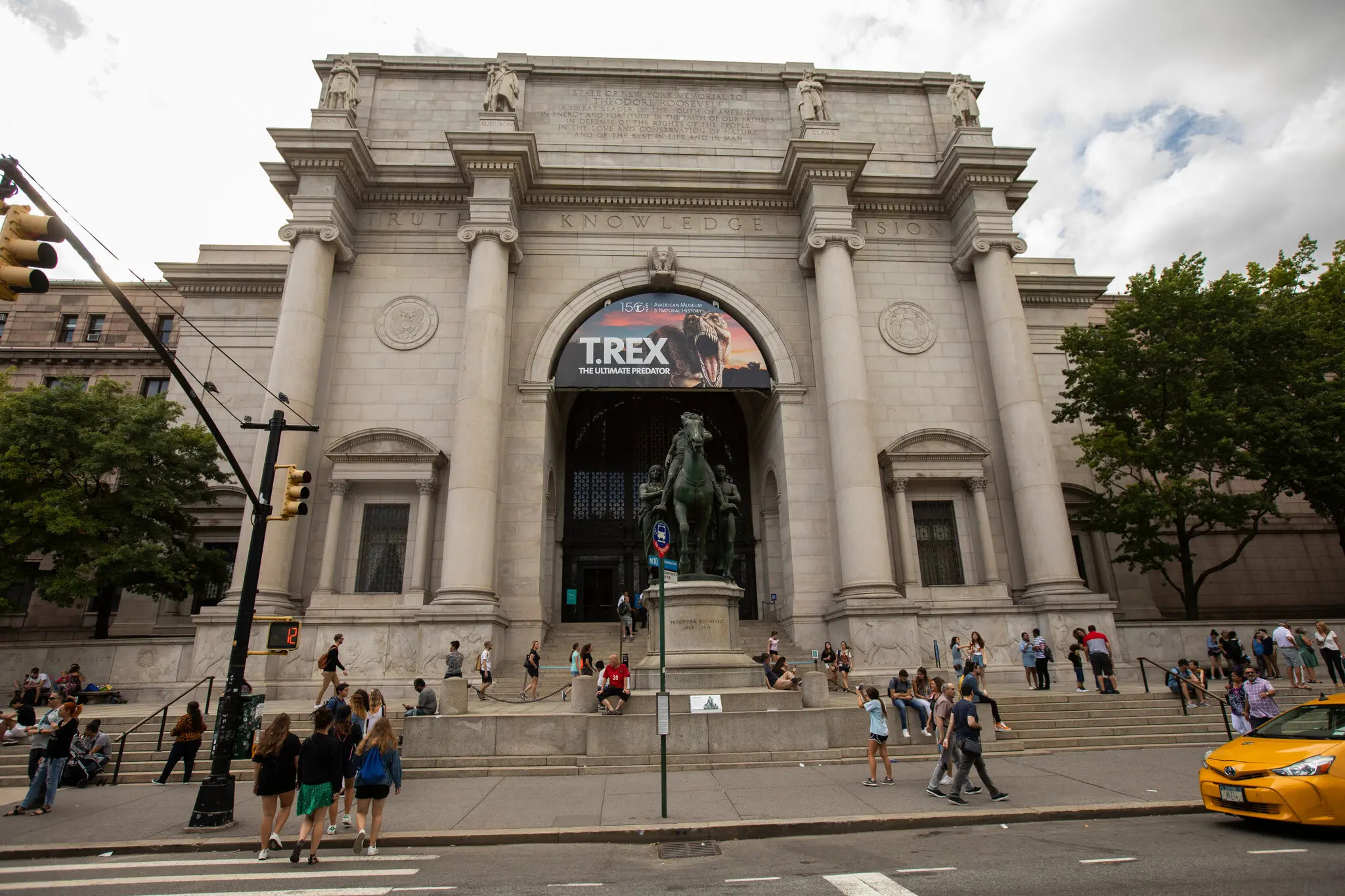Following the closure of displays featuring Indigenous objects at various U.S. museums last week, Native American groups are expressing support for new regulations added to a federal law mandating museums to obtain consent prior to exhibiting certain cultural artifacts and human remains.
Commencing with the Field Museum in Chicago, museums began concealing displays of such artifacts upon the enforcement of the new regulations on January 12. Subsequently, the American Museum of Natural History in New York City, Harvard University’s Peabody Museum of Archaeology and Ethnology, and the Cleveland Museum of Art followed suit within days. Shannon O’Loughlin, the head of the Association on American Indian Affairs, clarified that covering displays or removal isn’t the primary objective but rather part of a broader repatriation process.
According to Artnews.com O’Loughlin, the head of the Association on American Indian Affairs, said the new regulations are unequivocal: institutions do not possess much of their Native collections and therefore, they must seek consent from affiliated Nations before taking any action with these items. She added that the only exemption to the repatriation of Native American artifacts under the law is if a museum or institution can demonstrate they obtained consent when acquiring the item.
These regulations are supplemental to the Native American Graves Protection and Repatriation Act (NAGPRA), signed into law in 1990 by Republican President George H.W. Bush, and were formulated by the U.S. Department of the Interior in December following a 90-day comment period involving feedback from tribes and other stakeholders. Notably, the law does not extend to the Smithsonian Institute’s National Museum of the American Indian, which operates under its own National Museum of the American Indian Act.
The Native Governance Center, a nonprofit organization dedicated to enhancing the sovereignty of Native American nations, emphasized in a social media post that NAGPRA was initially enacted over three decades ago and progress toward the repatriation of approximately 96,000 human remains has been “exceedingly gradual.”
Nevertheless, the organization stated, “the amendments to the law this month have already brought about tangible short-term changes across the U.S.”







